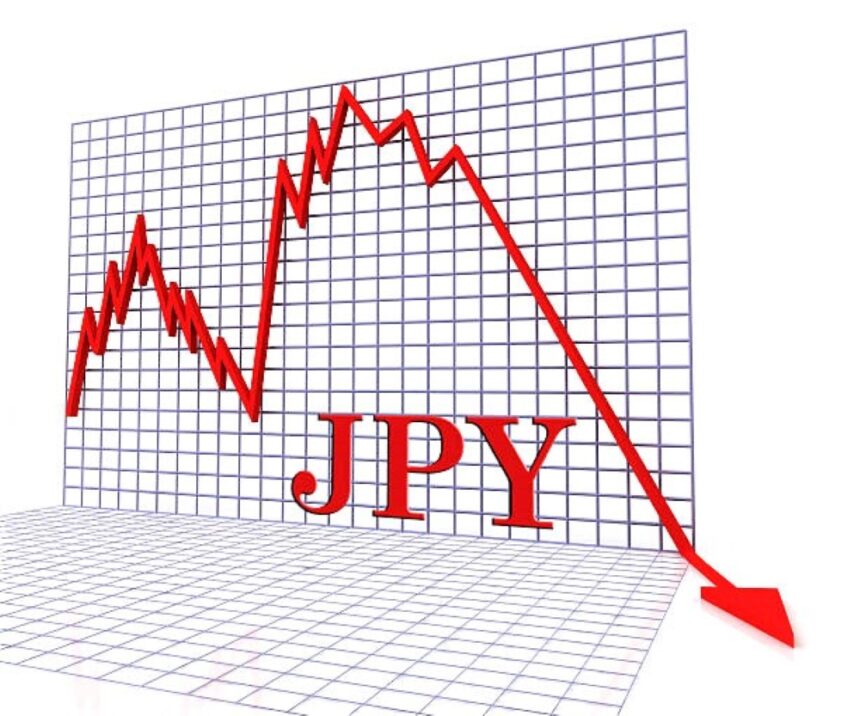Japanese yen losing ground despite being less dovish BoJ, US Nonfarm Payrolls awaited.
The Japanese yen (JPY) retraced some of its recent gains after Jibun Bank and S&P Global released the Manufacturing Purchasing Managers Index (PMI) on Friday. However, the USDJPY pair dropped as the JPY rose following post-meeting comments by Bank of Japan (BoJ) Governor Kazuo Ueda on Thursday, which were seen as boosting the chances of a rate hike in December.
The headline Jibun Bank Japan Manufacturing PMI fell to 49.2 in October, from 49.7 in September.
The headline au Jibun Bank Japan Manufacturing PMI stood at 49.2 in October, down from 49.7 in September. This composite single-figure indicator reveals that Japanese industrial production continued to deteriorate at the start of the fourth quarter of 2024, with both output and new order inflows falling at a faster rate.
Yoshimasa Hayashi, Japan’s Chief Cabinet Secretary, remarked on Friday that he expects the Bank of Japan to work closely with the government to implement appropriate monetary policy aimed at meeting its price objective in a sustainable and stable way.
US nonfarm payrolls predicted to rise by 113,000 jobs in October, down from 254,000 the previous month.
Traders anticipate the release of the US Nonfarm Payrolls (NFP) data on Friday, with estimates that the US economy added 113,000 jobs in October, while the unemployment rate expected to stay the rate is stable at 4.1%.
Daily Market Movers: Japanese Yen depreciates amid greater chances of BoJ rate rises.
The Japanese yen pair gains ground as the US Dollar (USD) snaps a four-day losing streak owing to persistent market caution ahead of the impending US presidential election. However, the Greenback struggled following the release of the Personal Consumption Expenditures (PCE) Price Index data on Thursday.
The US Personal Consumption Expenditures (PCE) Price Index revealed that core inflation rose 2.7% year on year in September. In addition, initial jobless claims fell to a five-month low of 216,000 for the week ending October 25, indicating a strong labor market and lowering expectations for immediate Federal Reserve rate reduction.
The Bank of Japan opted to keep It set its short-term interest rate target at 0.25% after completing a two-day monetary policy review on Thursday. This action was consistent with market expectations for maintaining stability.
BoJ Outlook Report for Q3, the central bank intends to continue hiking policy rates as long as the economy and prices meet.
According to the BoJ Outlook Report for Q3, the central bank intends to continue hiking policy rates as long as the economy and prices meet its expectations, especially given the current low real interest rates. The Bank of Japan’s monetary policy attempts to achieve its 2% inflation target in a sustainable and consistent manner.
The US Gross Domestic Product (GDP) increased by 2.8% on an annualized basis in Q3, falling short of the 3.0% in Q2 and the 3.0% projection. According to the ADP Employment Change report, 233,000 new workers were added in October, representing the biggest rise. Since July 2023. This followed an upward revision of 159,000 in September and much above predictions of 115,000.
On Tuesday, the US Bureau of Labor Statistics (BLS) reported that JOLTS Job Openings were 7.443 million in September, down from 7.861 million in August and falling short of the market forecast of 7.99 million.
Japan’s Economy Minister Ryosei Akazawa stated on Tuesday that a weaker Yen could raise prices due to rising import costs, thereby cutting real household income and slowing private consumption if wage growth does not keep up.
Japan’s Liberal Democratic Party (LDP) alliance lost its parliamentary majority in Sunday’s election, raising concerns about the Bank of Japan’s (BoJ) rate hike intentions.









